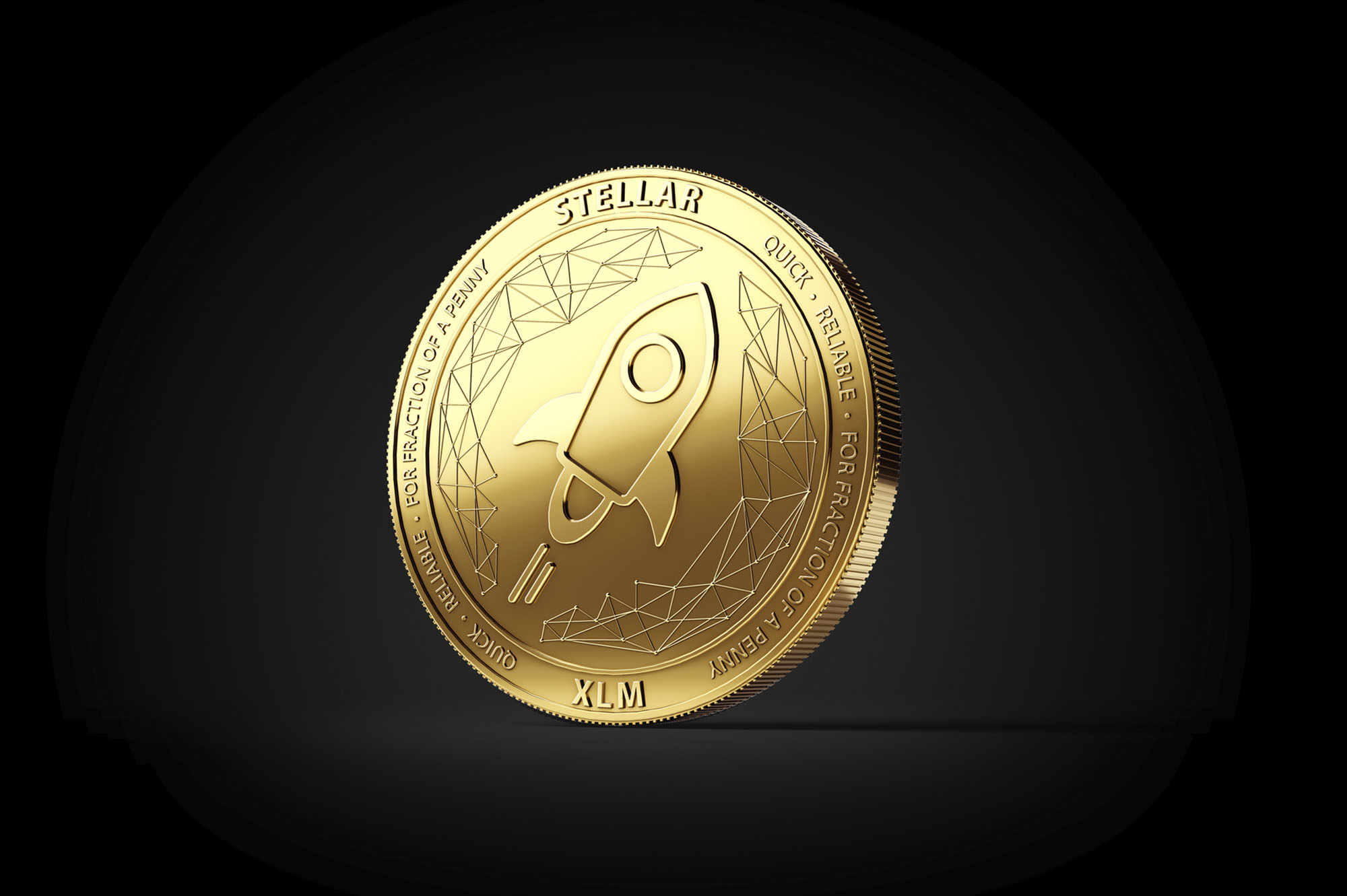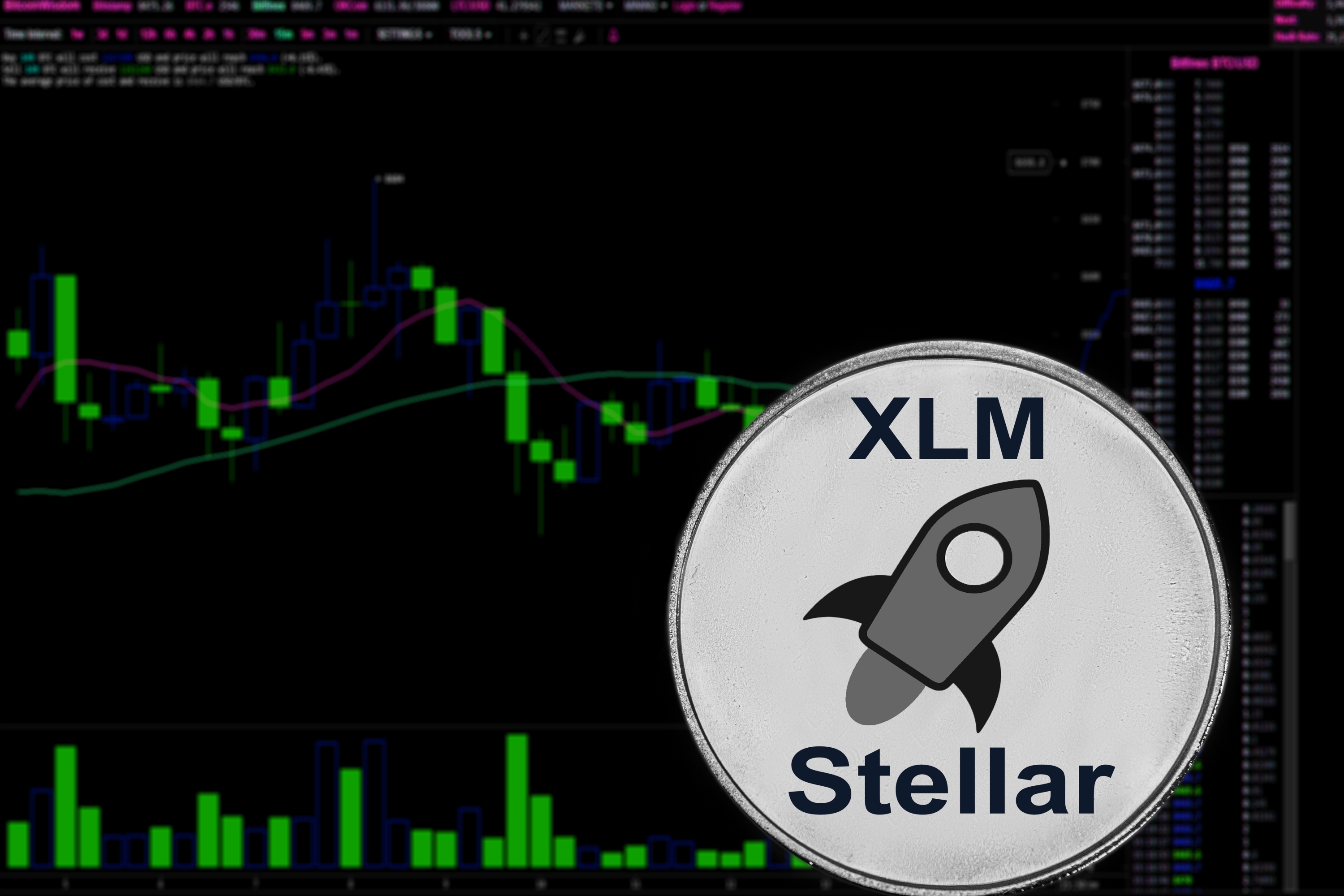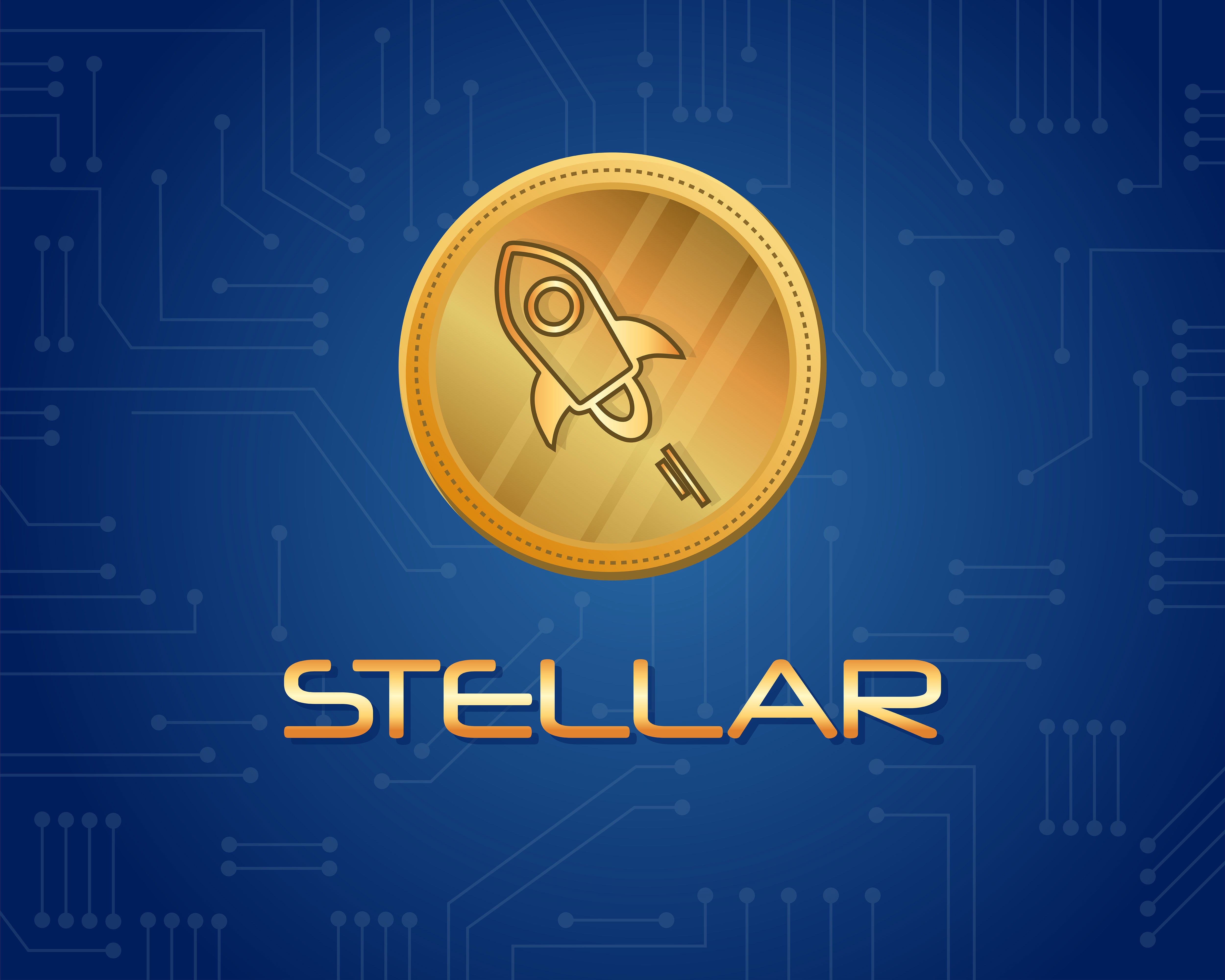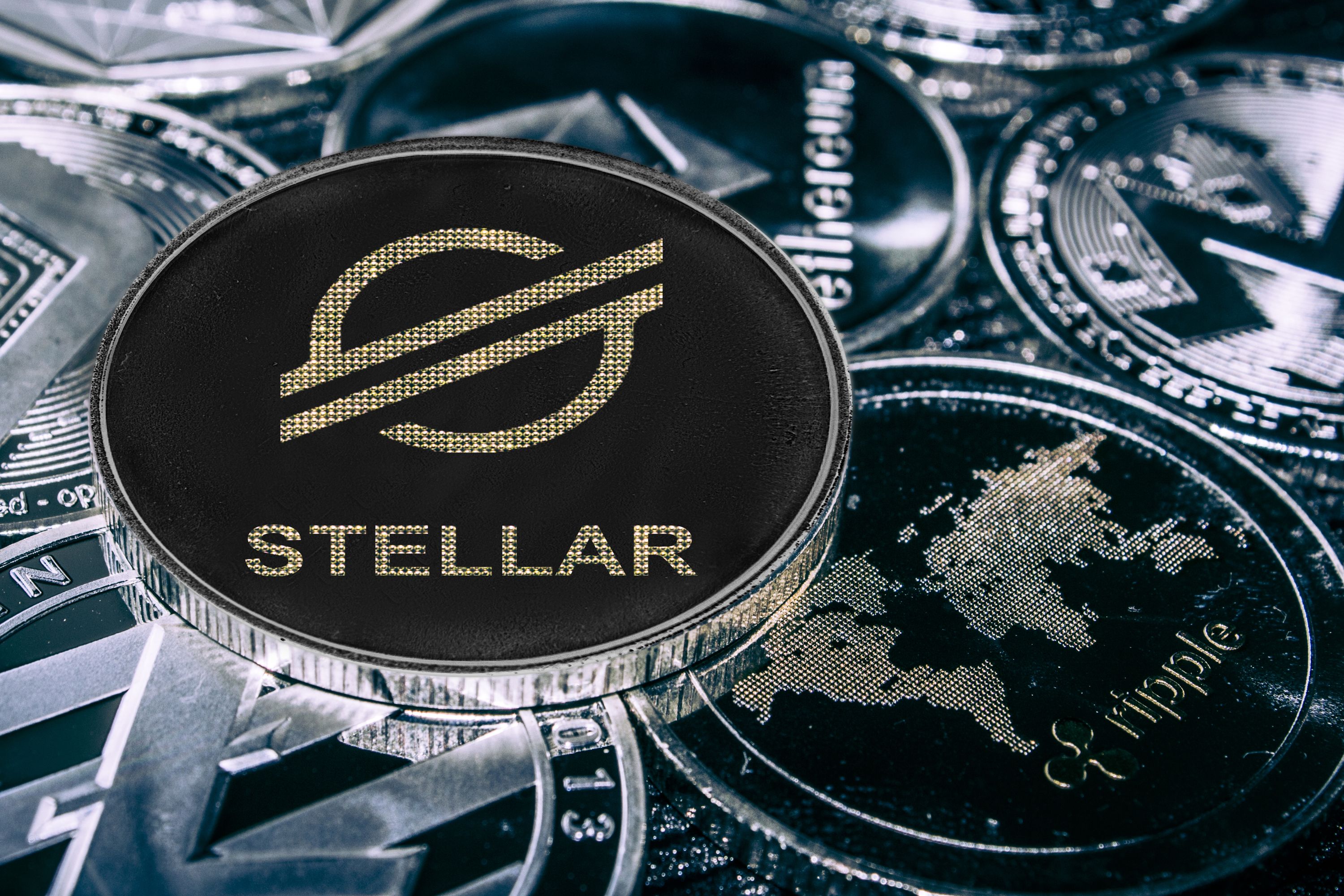Stellar is regarded as one of the most modern and forward-thinking cryptocurrencies. However, what is the basis of its success?
An innovative idea
What exactly is Stellar? It’s an open-source peer-to-peer digital currency network. It was founded by Jed McCaleb, who has been involved with cryptocurrencies for many years. The idea was to make inter-currency transactions around the world easier and faster, as well as provide liquidity to people who don’t have access to traditional banking services.
Stellar cryptocurrency tokens are called lumens or XLM, and while Stellar and XLM coexist in the same system, they are technically based on different foundations. Stellar comprises the blockchain network, while lumens are traded on the blockchain network. According to Stellar’s website, there are currently 50 billion lumens in circulation.
How does Stellar work in practice? Let’s hypothetically assume that someone transfers 50,000 PLN but does not have access to a bank where they can complete the transaction. That person could instead transfer the equivalent of 50,000 PLN in lumens. The recipient can then exchange those lumens for PLN 50,000 or an equivalent amount in another currency. Ultimately, transaction times are shorter than for typical cross-border transfers.
The platform vs. the cryptocurrency
The Stellar platform allows you to create, send and trade digital representations of all forms of money. The software runs on a decentralized, open network and handles millions of transactions every day. Like Bitcoin and Ethereum, Stellar relies on blockchain to keep the network synchronized. However, Stellar is much faster, cheaper, and more energy efficient than typical blockchain-based systems.
While the Bitcoin network was created to trade only Bitcoin, Stellar is a decentralized system that is perfect for trading all kinds of money in a transparent and efficient way.
The Stellar network has a native digital cryptocurrency, lumens, which is required in small amounts to initiate accounts and make transactions, but beyond these requirements, Stellar does not privilege any particular currency. The need for lumens stemmed from the basic design of Stellar’s general ledger system. Currently, the minimum balance in an account is 1 lumen, and the minimum transaction fee is 0.00001 lumen. These are small enough to make Stellar widely available, but large enough to discourage use of the network by spammers.

Exploitation…
The stated goal of the Stellar Development Foundation is to use distributed ledger technology to support economic growth around the world by lowering the cost of small transactions. The Foundation is also focused on improving the ability of mobile technology to make fast, low-cost money transfers and to stimulate the growth of small businesses around the world. To that end, Stellar has partnered with a number of companies and services, including UK-based consulting firm Deloitte and, as of May 2018, even American Express.
The foundation plans to use Stellar to provide a foundation for interoperability between different financial systems, including banks. To that end, it provides multi-currency transactions that are designed to be as efficient as possible, regardless of the different values between fiat currencies and cryptocurrencies.
The Stellar network has begun to be used by private companies and financial institutions in several countries, especially in the regions of Africa, India, the Philippines, and some Southeast Asian countries. India’s ICICI Bank, for example, has partnered with Stellar to allow users to send faster, more secure transactions at lower fees than was previously possible.
History and Value
In 2014, Jed McCaleb, founder of Mount Gox and Ripple launched the Stellar network system. Before the official launch, McCaleb created a website called the “Secret Bitcoin Project” seeking alpha testers. The non-profit Stellar Development Foundation was created in partnership with Stripe CEO Patrick Collison, and the project officially launched in July.
At launch, the network contained 100 billion lumens. 25 percent of that was donated to other nonprofits working on financial inclusion. Stripe received 2 percent (2 billion initial tokens) in exchange for investing in the project. The cryptocurrency, originally known as Stellar, was later named lumen or XLM.
In August 2014. Mercado Bitcoin, Brazil’s first Bitcoin exchange, announced that it would be using the Stellar network. By January 2015. Stellar had about 3 million registered user accounts on its platform and a market capitalization of nearly $15 million. The Stellar Development Foundation released an updated protocol with a new consensus algorithm in April 2015, which went into effect in November 2015. The new algorithm used SCP, a cryptocurrency protocol created by Stanford professor David Mazières, which contributed to a significant increase in value. Since then, the price of lumens has slowly but steadily increased.

Stellar… the cryptocurrency of the future?
In mid-2021, XLM saw a sharp jump in value and surpassed the market resistance level of $0.2. Over the past year, the currency has seen continuous growth with temporary corrections. At one point, it reached a new peak at $0.9381, but then saw a sharp decline and corrected below $0.2914.
According to Wallet Investor, the price projections for Stellar indicate an excellent short- and long-term investment. By 2026, the XLM price is projected to be $1,854. Also according to Trading Beasts, the price of XLM will increase significantly over the next few years. New investment products, such as the Stellar Packet, may help further the coin’s proliferation.
So the trend suggests that while Stellar has had its ups and downs, it has never lost value for an extended period of time. Moreover, many other economic forecasting agencies believe that the value of XLM will peak just at the end of 2022.




